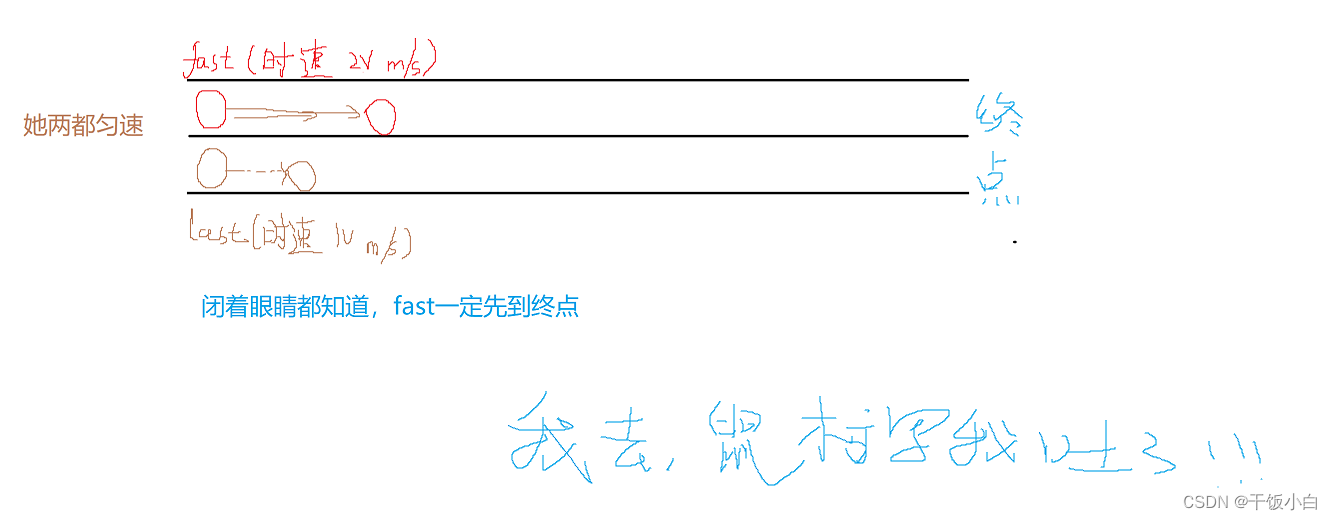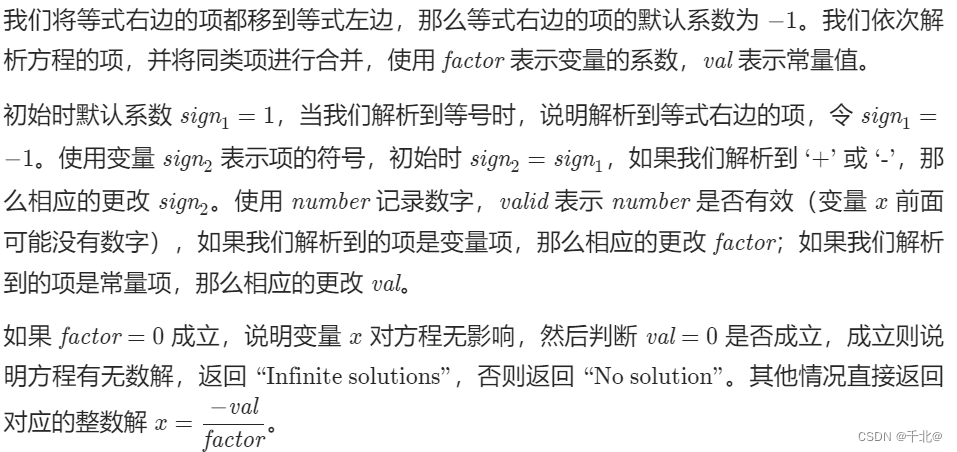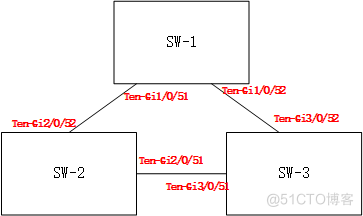当前位置:网站首页>BM7 list entry in central
BM7 list entry in central
2022-08-10 22:31:00 【Rice white】
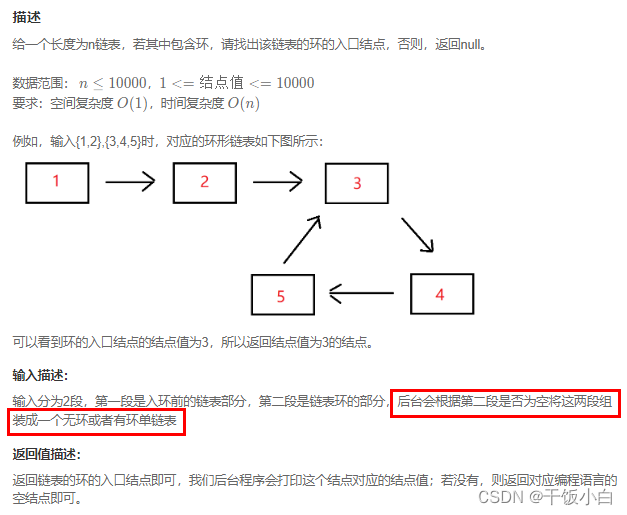
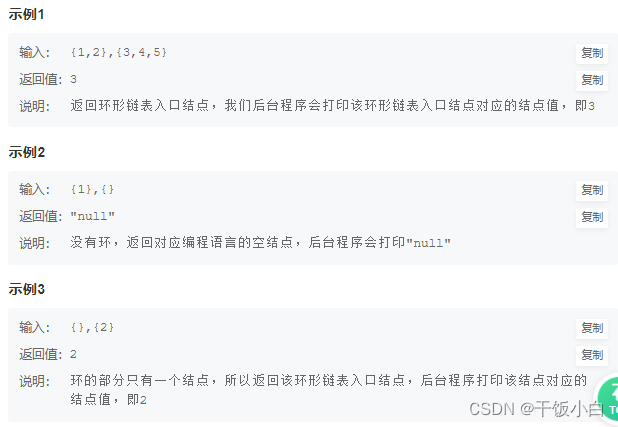
Review questions:
If the second linked list given is not empty, there must be a cycle.
Let's fix two special cases first:
{1}, {} // no loop, return null directly
{}, {2} //There is a loop, return any node of the second linked list

ok...okay
We look at the function input given by the title, there is only one parameter, then pHead has linked the two linked lists.
Well, I'm overthinking it, it seems it's a simple matter of finding the point of entry....
Hee hee, sorry, sorry....
As for Mao, I will explain it in such simple words, not because the algorithm is inherently abstract and difficult to understand, it will be easier to understand and empathize with this expression...Woohoo, it's really hard work, it's not easy to create, please pay attention,,, hee hee
How to judge whether there is a ring:
It is ok through the speed pointer
Fast pointer, take two steps at a time, slow pointer one step at a time (in fact, I feel that the fast pointer is ok as long as it is faster than the slow pointer)
1. Assuming there is no ring, can it be understood that the two pointers start from the same starting point and march along an endless road
2. Assuming there is a ring, how to understand it?
Suppose that one day you secretly go out to surf the Internet, your father finds out, and goes to the Internet cafe to catch you.Then you run to the school playground, stop, and you say to your dad, "Stupid old man, you can't catch me"....
You and your dad start at the same starting point at the same time (both from your internet cafe seat), your dad is twice as fast as you, and then when you run to the playground, you run along the playground.Your dad is chasing you.As long as your dad is faster than you, he will definitely be able to catch you.How to say, I don't know how to understand Bo (if you have any questions, you can send a private message)
How to find the entry node:
According to XXX mathematicians, Forgive my ignorance, I just know the theory....
The distance from the point to the entry point where fast and last meet is the same as the distance from the starting point to the entry point
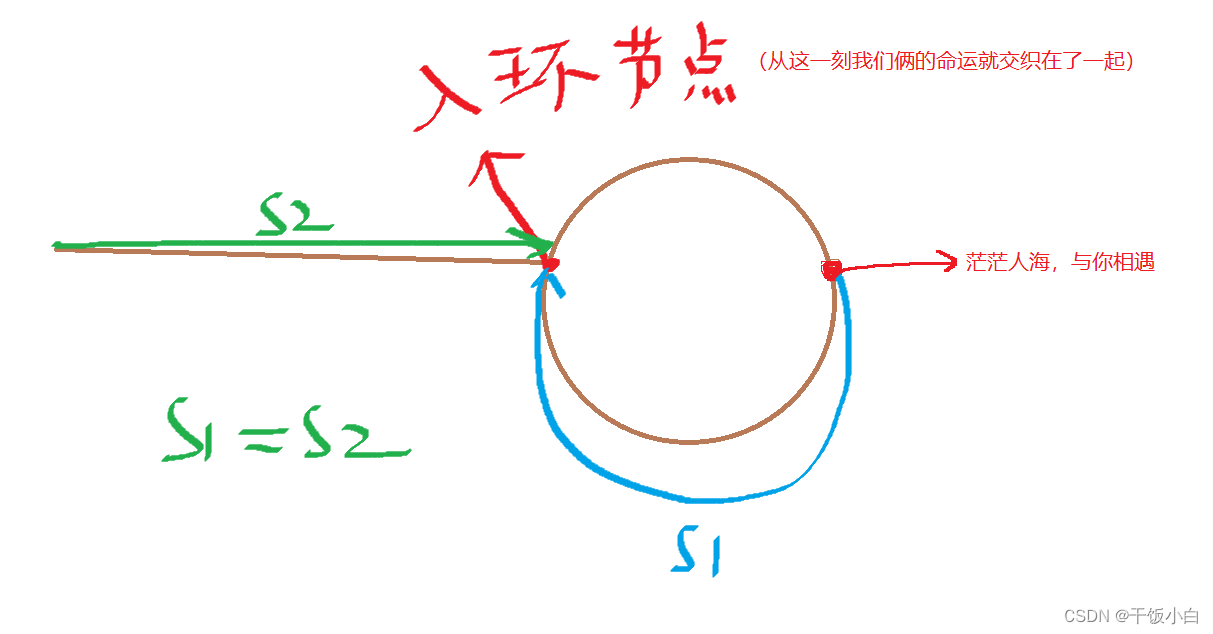
The idea is analyzed, and the code is uploaded
Don't tell me you can't write code, just adjust slowly....You can learn from it, but not copy it

/*struct ListNode {int val;struct ListNode *next;ListNode(int x) :val(x), next(NULL) {}};*/class Solution {public:ListNode* EntryNodeOfLoop(ListNode* pHead) {ListNode *fast = nullptr;ListNode *last = nullptr;ListNode *p = nullptr;if(pHead->next == nullptr || pHead->next->next == nullptr){return p;}fast = pHead->next->next;last = pHead->next;while(1){if(fast == nullptr || fast == last){break;}if(fast->next != nullptr){fast = fast->next->next;}else{fast = nullptr;}last = last->next;}if(fast == last){p = pHead;while(1){if(p == last){break;}p = p->next;last = last->next;}}return p;}};Daily complaints:
Write a question for three minutes, and write a blog question and solve it for ten years
边栏推荐
- LeetCode每日两题01:反转字符串 (均1200道)方法:双指针
- Web Reverse Lilac Garden
- Shell programming specification and variables
- ASCII、Unicode和UTF-8
- Self-organization is a two-way journey between managers and members
- 配电网络扩展规划:考虑使用概率性能源生产和消费概况的决策(Matlab代码实现)
- Service - DHCP principle and configuration
- 新一代网络安全防护体系的五个关键特征
- Likou 221 questions, the largest square
- 链表相加(二)
猜你喜欢
随机推荐
Intelligent scheme design - intelligent rope skipping scheme
阿里云张新涛:支持沉浸式体验应用快速落地,阿里云云XR平台发布
Likou 215 questions, the Kth largest element in an array
LeetCode每日一题(1573. Number of Ways to Split a String)
ThreadLocal全面解析(一)
黑猫带你学Makefile第12篇:常见Makefile问题汇总
LeetCode每日两题01:反转字符串 (均1200道)方法:双指针
云服务器基于 SSH 协议实现免密登录
合并k个已排序的链表
The Thread State,
HighTec shortcut keys (Keys) setting location
About DataFrame: Processing Time
特别的三杯鸡
华为HCIE云计算之Fusion Access桌面云
mmpose关键点(一):评价指标(PCK,OKS,mAP)
谁是边缘计算服务的采购者?是这六个关键角色
管理员必须知道的RADIUS认证服务器的部署成本
异常的了解
BM13判断一个链表是否为回文结构
商家招募电商主播要考虑哪些内容
